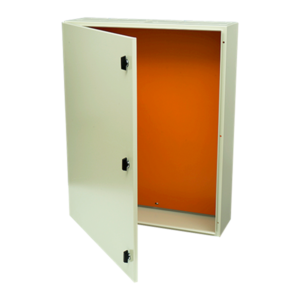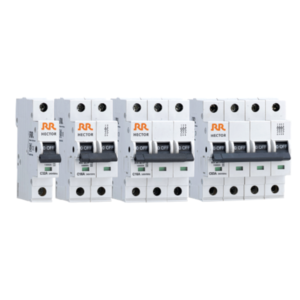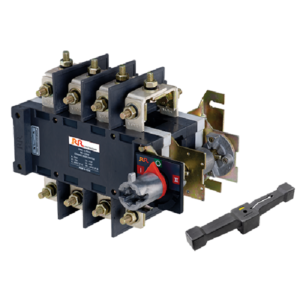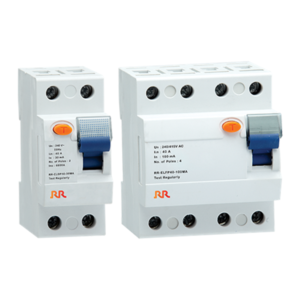Rail Mounted Isolators: A Brief Overview
Rail Mounted Isolators are electrical devices designed to isolate specific sections of a power system for maintenance, testing, or safety purposes. They are commonly used in electrical distribution systems, industrial plants, and power generation facilities.
Types of Rail Mounted Isolators:
Knife Isolators: These isolators have a knife-like blade that makes contact with the busbar or conductor. They are available in single-pole, double-pole, and three-pole configurations.
Centrifugal Isolators: These isolators use centrifugal force to open and close the contacts. They are often used in high-voltage applications.
Vacuum Isolators: These isolators use a vacuum chamber to isolate the contacts, preventing arcing and improving reliability.
Applications of Rail Mounted Isolators:
Maintenance and Testing: Isolating sections of a power system for maintenance or testing without affecting other parts of the system.
Safety: Protecting workers from electrical hazards during maintenance or construction activities.
Fault Isolation: Identifying and isolating faults in electrical systems.
Power System Control: Controlling the flow of power within a distribution system.
Key Features of Rail Mounted Isolators:
Rated Voltage: The maximum voltage the isolator can handle.
Rated Current: The maximum current the isolator can carry.
Operating Mechanism: Manual, motorized, or remote-controlled.
Enclosure Type: Indoor or outdoor enclosures to protect the isolator from environmental factors.
Safety Features: Lockout-tagout mechanisms, interlocks, and ground switches.
Choosing the Right Rail Mounted Isolator:
When selecting a rail mounted isolator, consider the following factors:
Application Requirements: Determine the specific needs of your application, such as voltage, current, and operating mechanism.
Safety Standards: Ensure the isolator complies with relevant safety standards and regulations.
Enclosure Type: Choose an enclosure that is suitable for the installation environment.
Maintenance Requirements: Consider the ease of maintenance and the availability of spare parts.






Reviews
There are no reviews yet.